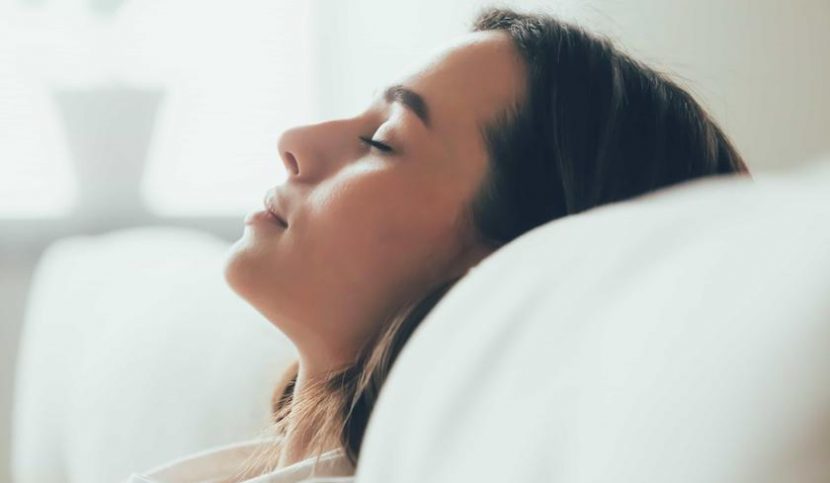Dream or nightmare, our sleep is often rich in emotions. A study conducted by Jean-Baptiste Maranci (Sorbonne University), Isabelle Arnulf (AP-HP/Sorbonne University) and their collaborators at the Paris Brain Institute and the Pitié-Salpêtrière Hospital (AP-HP), shows an association between dream emotions and the different types of eye movements observed during sleep. These results, published in Scientific reports, open a direct window on the regulation of emotions during dreams and the benefits of sleep on mental health.
Sleep and dreams are mysterious states, and their functions are still being explored by neuroscience researchers. Among them, the regulation of emotions has often been proposed. One phase that is particularly conducive to dreams is REM sleep, which stands for Rapid Eye Movement, because in this phase of sleep the eyes start to move, while the rest of the body is paralysed. But what is the purpose of these eye movements?
Previous studies have shown that they are more frequent during REM sleep in patients suffering from depression, but also in people at risk for a depressive disorder, suggesting a link between this phase of sleep and the regulation of mood and emotions. Several hypotheses have been proposed on the role of these rapid eye movements, which would follow the dream scenario in the same way as we look at a scene when awake. Another hypothesis, however, links rapid eye movements to the reactivation of emotional memory during dreaming.
To better understand this link between REM sleep and emotions during dreams, Jean-Baptiste Maranci (Sorbonne University), Isabelle Arnulf (AP-HP/Sorbonne University) and their collaborators combined different video, audio, and eye activity recordings (video-polysomnography) in 20 patients with REM sleep behaviour disorder, a state in which people “enact” their dreams.
“The faces of people during REM sleep behaviour disorder are a real open book on emotions in dreams. Thanks to them, we have direct access to the emotional content of the dream,” explains Isabelle Arnulf, head of the sleep pathology department at the Pitié-Salpêtrière Hospital (AP-HP) and researcher at the Paris Brain Institute.
This original approach enabled the researchers to show a strong association between the negative emotions expressed by the patients and the eye movements when they occurred ‘in bursts’, i.e. grouped together (as opposed to more isolated movements). This association is reminiscent of a technique used in awake trauma patients who recall negative events while moving their eyes to heal.
“These results suggest that rapid eye movements in bursts may be important for digesting negative emotions during REM sleep,” explains Jean-Baptiste Maranci, first author of the study.
The team of researchers also found that positive emotions are instead associated with slow eye movements, while negative emotions are never linked to them.
These results are a further advance supporting the role of REM sleep in the regulation of emotions in dreams and the benefit of sleep on mental health. They also suggest that eye movements and their different types can provide information on the emotional content of dreams.
Source
Eye movement patterns correlate with overt emotional behaviours in rapid eye movement sleep.
Maranci JB, Nigam M, Masset L, Msika EF, Vionnet MC, Chaumereil C, Vidailhet M, Leu-Semenescu S, Arnulf I. Sci Rep. 2022 Feb 2







